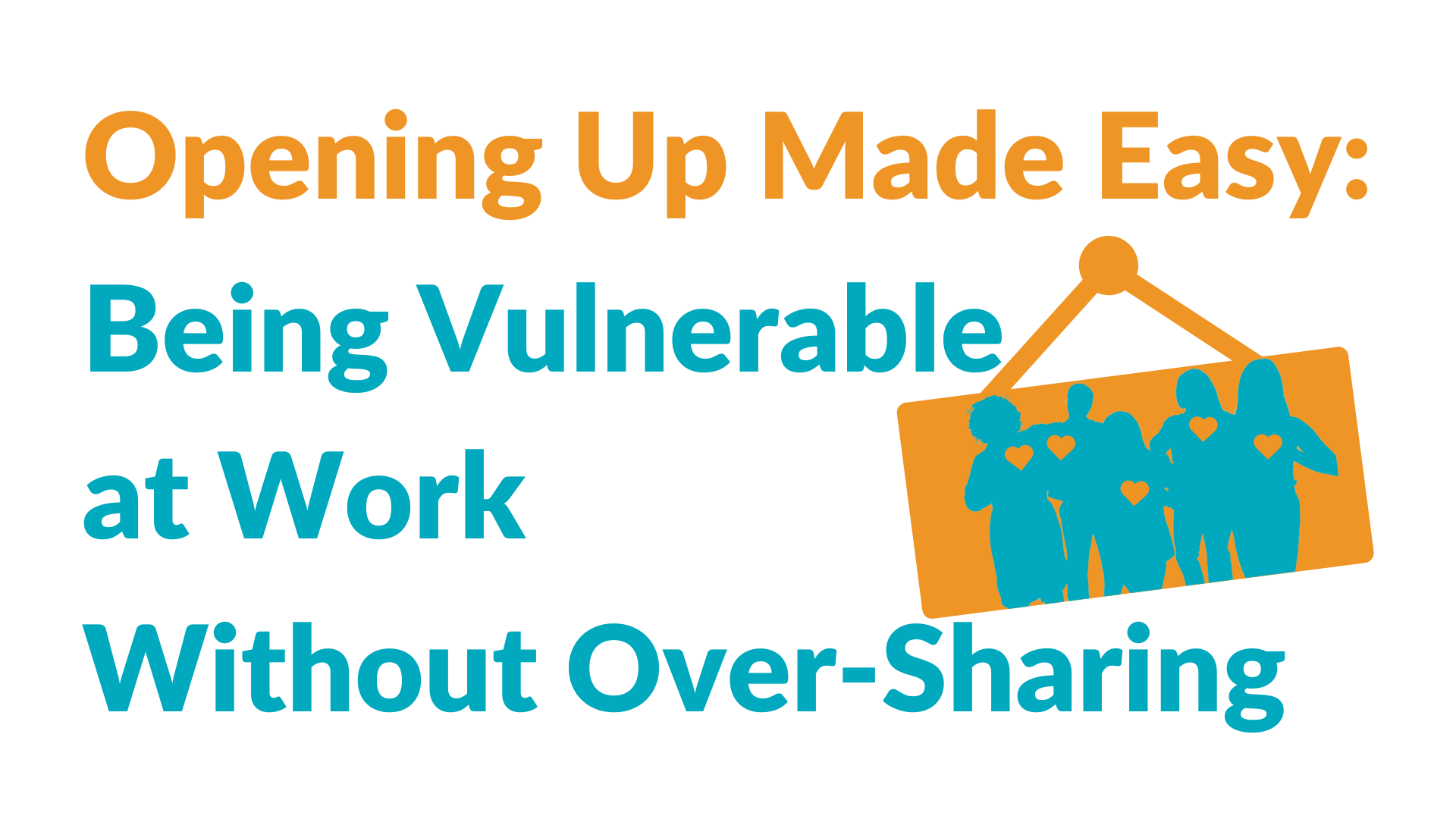Mattering vs. Belonging vs. Inclusion: What’s the Difference?
People often use the terms mattering, belonging, and inclusion interchangeably when discussing organizational culture. While they’re related, they each have distinct meanings. Here’s a breakdown of each term, with a focus on the newer concept of mattering.
Understanding Inclusion
Inclusion refers to the policies and actions employers use to help employees feel accepted at work. Examples include acknowledging and celebrating cultural holidays like Lunar New Year, Juneteenth, or Cinco de Mayo. These policies create an environment where diverse individuals feel they are a valued part of the organization.
Understanding Belonging
Belonging is the feeling of acceptance that results from successful inclusion policies. When employees feel they belong, they experience a sense of connection and acceptance within the workplace.
Understanding Mattering
Mattering occurs when employees feel their work is valued and that they would be missed if they weren’t there. According to Dr. Zach Mercurio’s research, mattering has three primary drivers:
- Feeling Noticed
The employee feels seen and heard within the organization. - Feeling Affirmed
The employee understands that their unique strengths make a significant difference. - Feeling Needed
The employee believes they are indispensable to the organization’s mission and purpose.
The Interplay Between Inclusion, Belonging, and Mattering
While inclusion efforts are essential, they don’t automatically guarantee belonging or mattering. Employees must desire to belong and feel that their strengths align with the organization’s needs. For example, if an organization needs data collection, but an employee excels in data visualization, there may be a mismatch, preventing the employee from feeling valued.
Aligning for Success
Employers and employees must work together to create a sense of mattering and belonging. Both parties need to ensure that the employee’s unique strengths align with the organization’s needs.
I hope this post clarifies these important terms and their roles in enhancing workplace well-being, employee engagement, and job satisfaction. If you found this post useful, please like and share it.








Leave a Reply